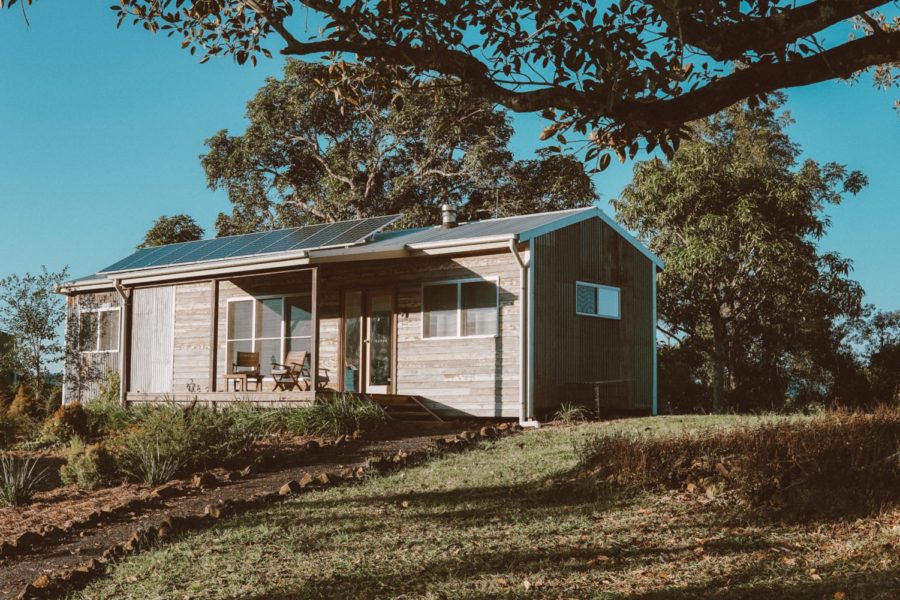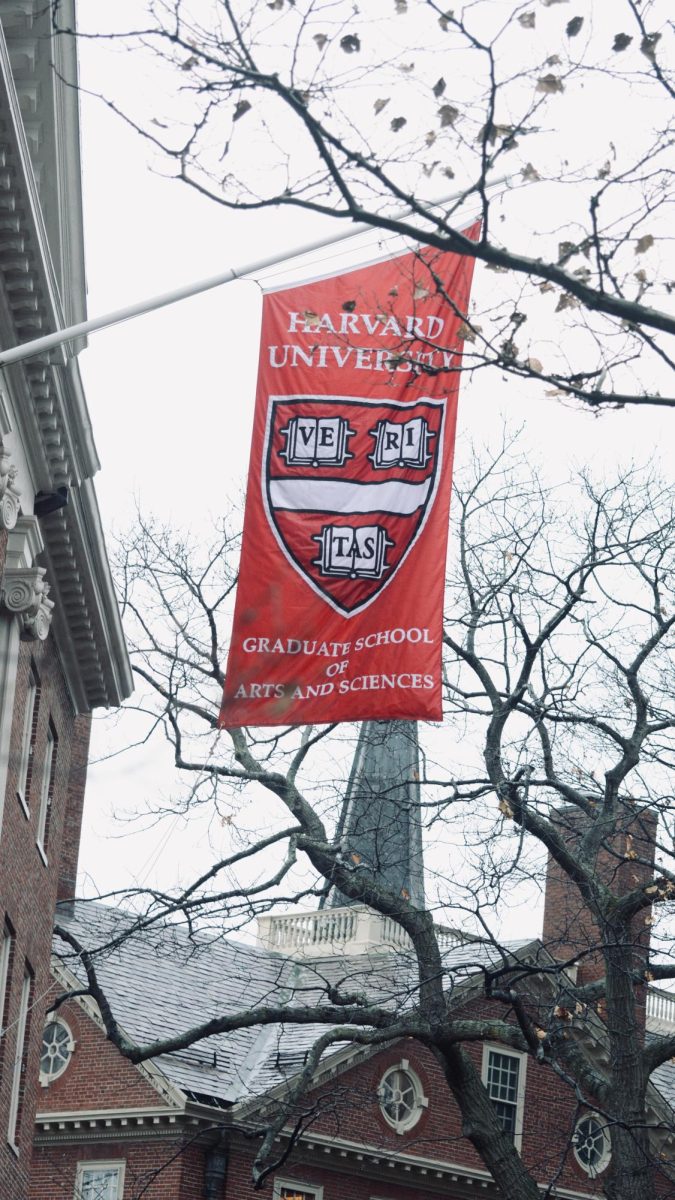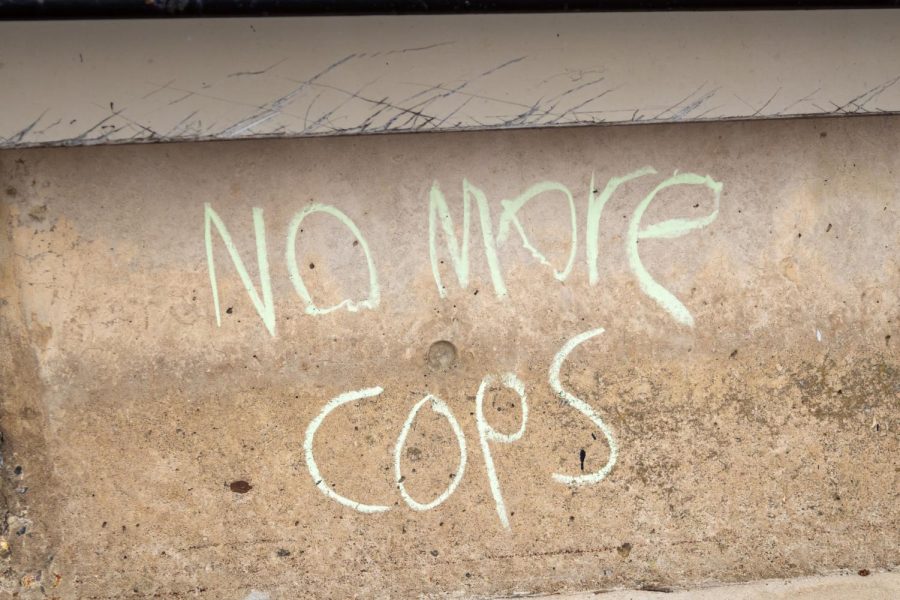Tiny homes are a zeitgeist of 21st century millennial and Gen-Z living. Categorized as living in a space 400 square feet or less, TV shows, YouTube channels and magazines have praised the tiny house movement. It has become an affordable and oftentimes eco-friendly solution for those looking to escape debt, mortgages or the mainstream.
Recently, however, the movement has spurred into action the fight against homelessness in cities across the country.
More than 580,000 people were homeless in the United States in January 2020. The pandemic does no favors for the epidemic either, seeing as social distancing measures prevent shelters from allowing full occupancy. The homeless are less protected from the virus and many live a dangerous existence during the pandemic.
We cannot ignore the connection of systemic inequities with homelessness either. Unity Care takes a look at a report on Race & Homelessness that was published by Destination: Home and SPARC (Supporting Partnerships for Anti-Racist Communities) that was conducted in Santa Clara Country, California. The report revealed that the rate of homelessness has been increasing disproportionately among African American, Native American and Latino populations.
If the tiny house movement expanded beyond its current stereotype as a “granola” trend, it could become an affordable option that decreases homelessness and shapes a more socially, economically and environmentally equitable America.
Los Angeles, for example, just opened its first prefabricated tiny home village in North Hollywood. Hope of the Valley is a vibrantly colored neighborhood of individual 64-square-foot units that cost $7,500 each to construct, where all the materials were shipped there and ready to assemble from a facility in Everett, Washington.
This is just one example of a tiny home community that can help rising homeless populations, especially in urban environments. Since states get funding for decreasing homelessness and housing inequities each fiscal year, I propose that more cities work with local and federal housing and homeless shelters to allocate a portion of that budget towards individual tiny shelters — especially given 2020, which brought to light the dangers of cramped and confined spaces on the homeless who are oftentimes immunocompromised.
One of the many benefits of going tiny is its less severe impact on the environment. A recent budding example comes from IKEA, who created a fully furnished 187-square-foot tiny home that has both zero carbon footprint and zero pollution, except by the emissions of the vehicle moving it on the road.
With a composting toilet, recycled materials and whitewashed pine interior panels, IKEA’s $47,550 tiny home is an affordable solution for a living space, and it is also paving the way for manufacturing and housing that has less severe negative environmental consequences. That makes a huge difference, considering five percent of greenhouse gases alone are caused by the home industry.
If IKEA is hopping on the trend, it is high time more companies do too.
Tiny homes are affordable, green and practical, but I think they could serve an even higher purpose above just getting homeless people off the streets. Tiny home communities could offer learning and educational opportunities for sustainability and skill-building to help residents secure jobs and achieve permanent financial stability.
Unity Care suggests having a racial equality lens to look at the problem of the homeless system, and I think we must extend that lens to education as well. If more people, including those in the communities, were better educated about this increasing issue, it could be beneficial to decrease biases about homelessness in policy making, education and the home sector, and it could make America and the housing market more socially conscious and equitable.
There are a lot of things we can do as a country to decrease homelessness, but affordable and eco-friendly tiny homes, along with education and awareness, could provide a lot of the tools to help combat the issue.
Erin Hunter can be reached at [email protected].



















